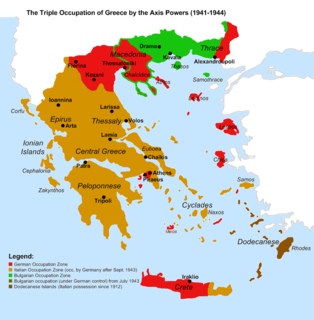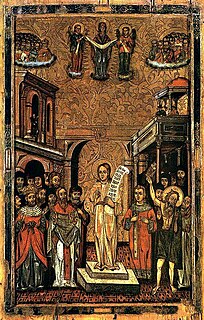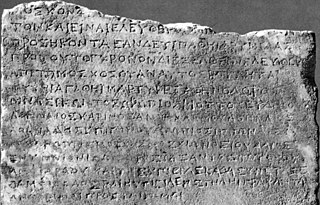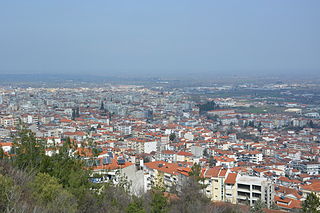 W
WThe history of the Jews in Greece can be traced back to at least the fourth century BCE. The oldest and the most characteristic Jewish group that has inhabited Greece are the Romaniotes, also known as "Greek Jews." The term "Greek Jew" is predominantly used for any person of Jewish descent or faith that lives in or originates from the modern region of Greece.
 W
WThe occupation of Greece by the Axis Powers began in April 1941 after Nazi Germany invaded Greece to assist its ally, Fascist Italy, which had been at war with Allied Greece since October 1940. Following the conquest of Crete, all of Greece was occupied by June 1941. The occupation in the mainland lasted until Germany and its ally Bulgaria were forced to withdraw under Allied pressure in early October 1944. However, German garrisons remained in control of Crete and some other Aegean islands until after the end of World War II in Europe, surrendering these islands in May and June 1945.
 W
WSaint Romanos the Melodist or the Hymnographer was a notable Syrio-Greek hymnographer, called "the Pindar of rhythmic poetry". He flourished during the sixth century, which is considered to be the "Golden Age" of Byzantine hymnography.
 W
WMordechai Frizis was a Greek military officer, who fought in World War I, distinguished himself in World War II, and was killed on 5 December 1940, fighting against the Julia Division.
 W
WḤayyim ben Shabbethai, commonly known by the acronym Maharhash was a Sephardic rabbi and Talmudist, who is considered to be one of the great sages of Greek Jewry, serving as the Chief Rabbi of Thessaloniki, Greece.
 W
WIoudaios is an Ancient Greek ethnonym used in classical and biblical literature which commonly translates to "Jew" or "Judean".
 W
WThe Jewish Museum of Greece is a museum in Athens, Greece. It was established by Nicholas Stavroulakis in 1977 to preserve the material culture of the Greek Jews.
 W
WThe Jewish Museum of Thessaloniki is a museum in Thessaloniki, Central Macedonia, Greece presenting the history of Sephardic Jews and Jewish life in Thessaloniki.
 W
WThe Kahal Shalom Synagogue is a Sephardic synagogue in La Juderia, the Jewish quarter of the city of Rhodes on the Greek island of Rhodes. It is the oldest synagogue in Greece today.
 W
WThe Romaniote Jews or Romaniotes are an ethnic Jewish community native to the Eastern Mediterranean. They are one of the oldest Jewish communities in existence and the oldest Jewish community in Europe. Their distinct language was Judaeo-Greek or Yevanic, a Greek dialect that contained Hebrew along with some Aramaic and Turkish words, but today's Romaniotes speak modern Greek or the languages of their new home countries. They derived their name from the internal name, Rhomania (Ῥωμανία), of the Byzantine Empire. Large communities were located in Thessaloniki, Ioannina, Arta, Preveza, Volos, Chalcis, Thebes, Corinth, Patras, and on the islands of Corfu, Zakynthos, Lesbos, Chios, Samos, Rhodes, and Cyprus, among others. The Romaniotes are historically distinct and still remain distinct from the Sephardim, some of whom settled in Ottoman Greece after the 1492 expulsion of the Jews from Spain.
 W
WThe Socialist Workers' Federation, was a socialist organisation in the Salonica Vilayet of the Ottoman Empire, led by Avraam Benaroya. It was an attempt at union of different nationalities' workers in Salonica within a single labor movement.
 W
WThe history of the Jews of Thessaloniki reaches back two thousand years. The city of Thessaloniki housed a major Jewish community, mostly Eastern Sephardim, until the middle of the Second World War. It is the only known example of a city of this size in the Jewish diaspora that retained a Jewish majority for centuries.
 W
WVeria, officially transliterated Veroia, historically also spelled Berea or Berœa, is a city in Central Macedonia, in the geographic region of Macedonia, northern Greece, capital of the regional unit of Imathia. It is located 511 kilometres north-northwest of the capital Athens and 73 km (45 mi) west-southwest of Thessaloniki.